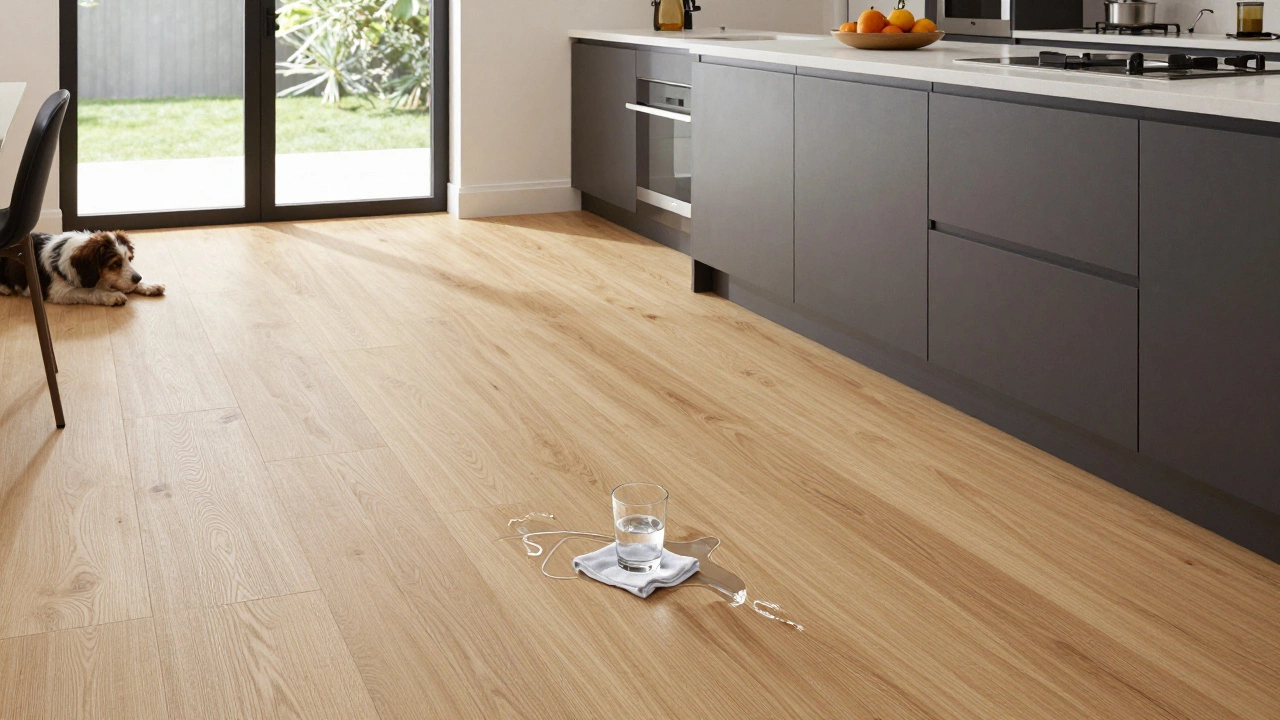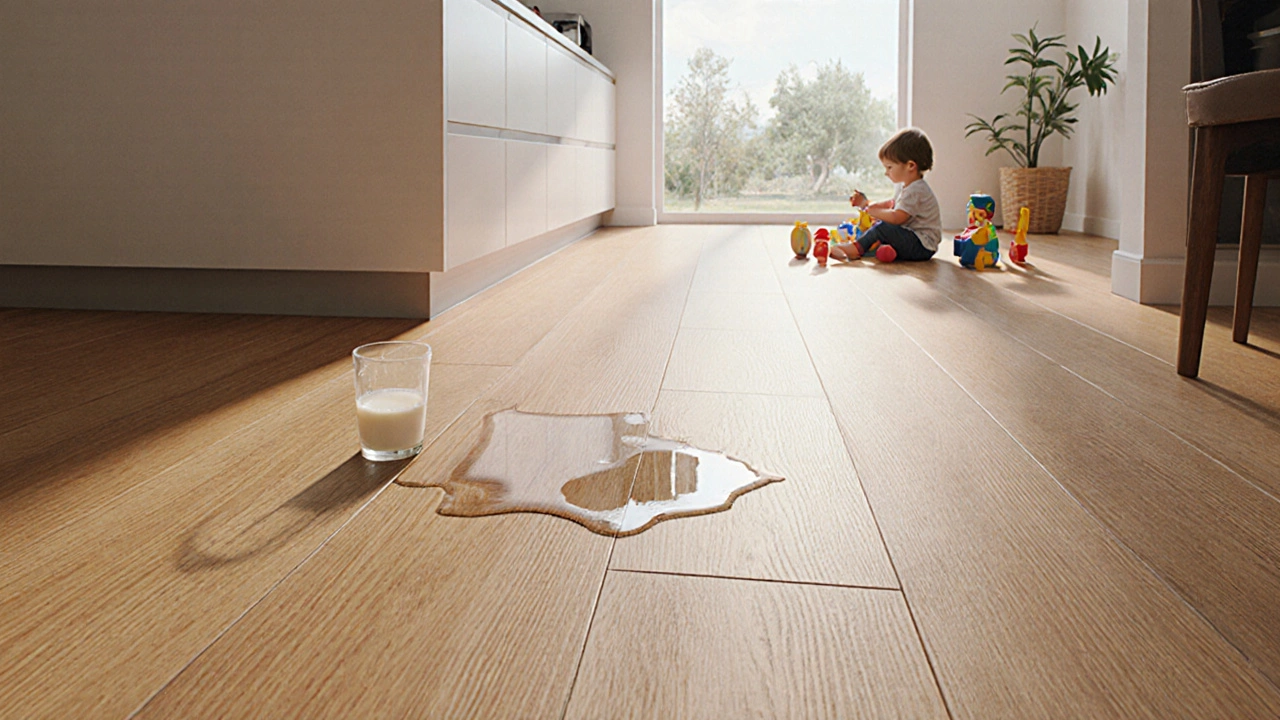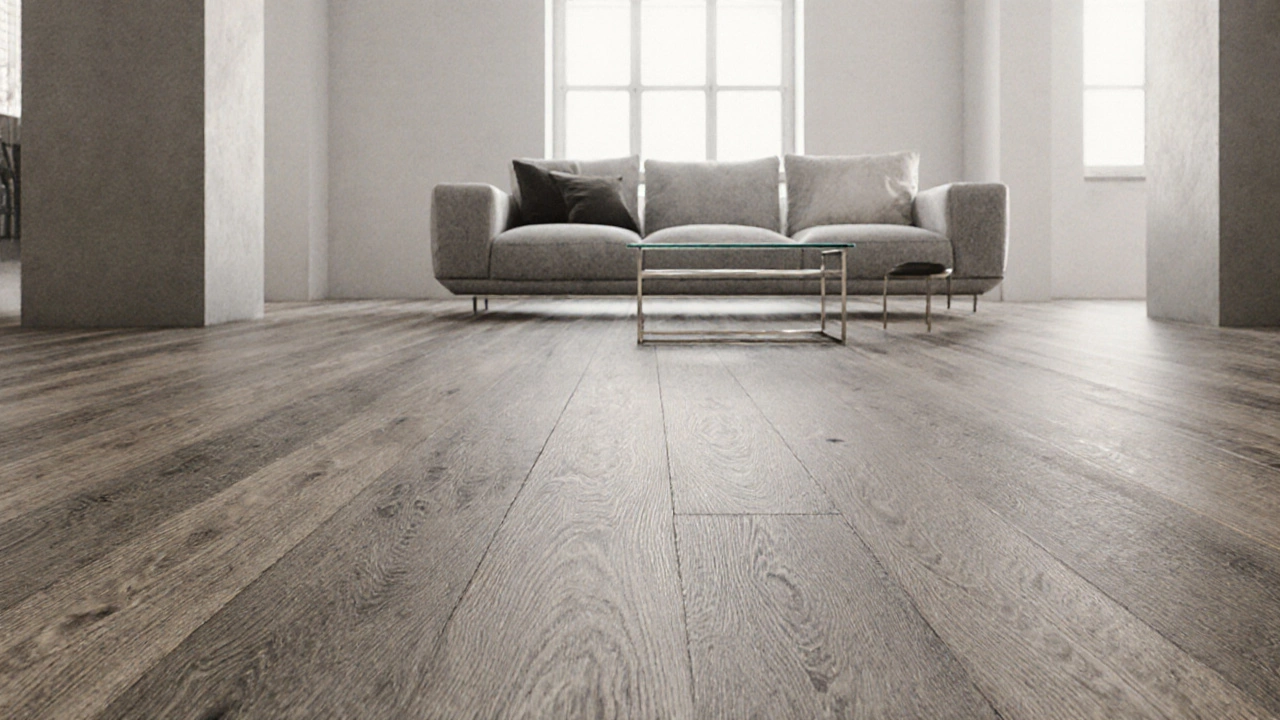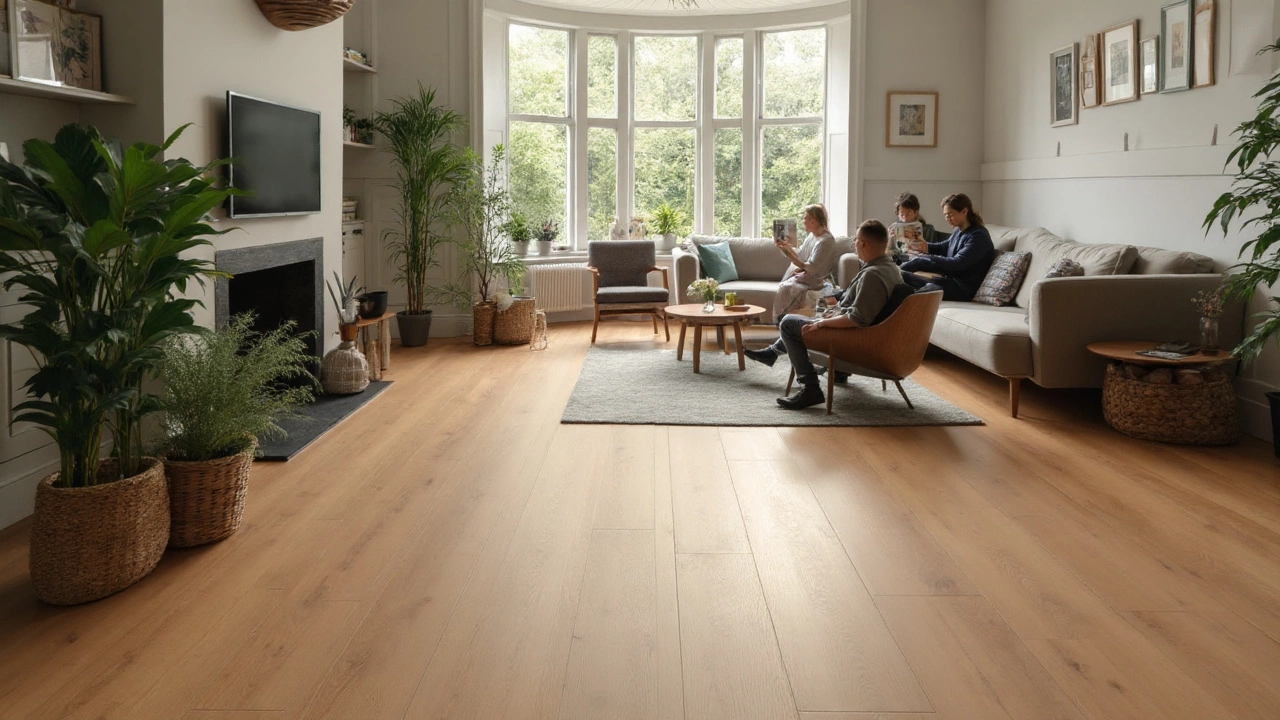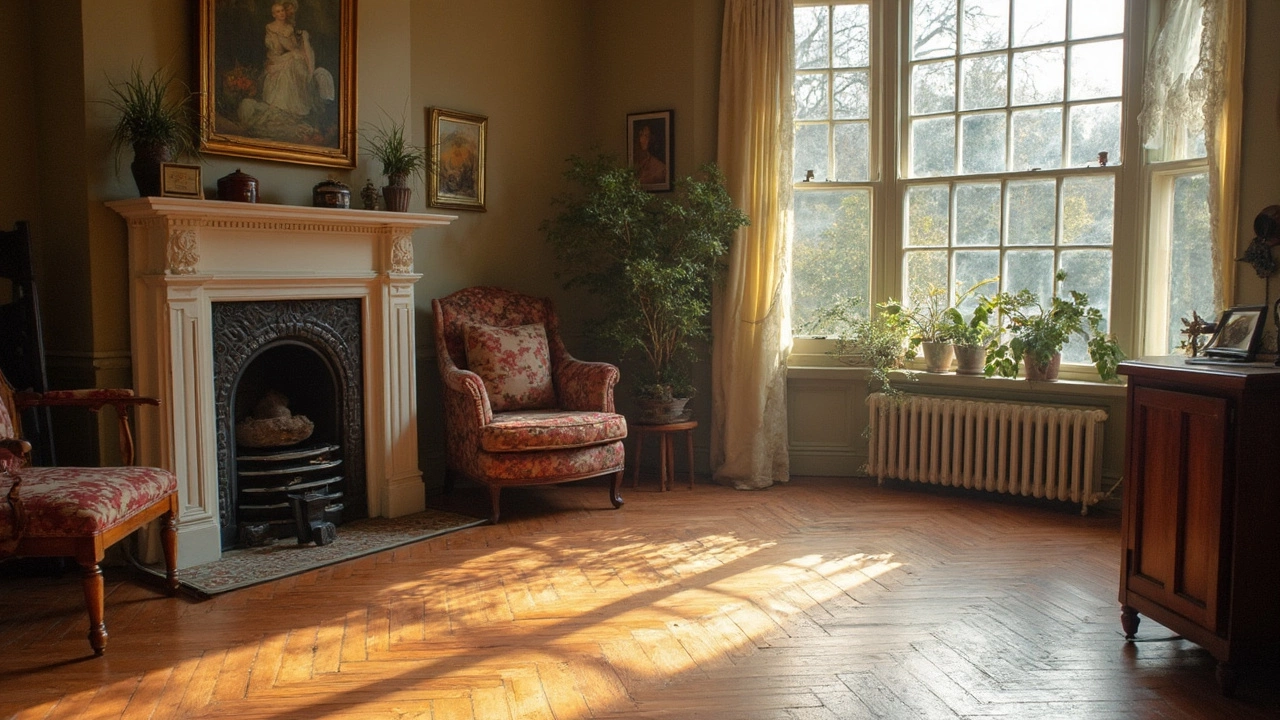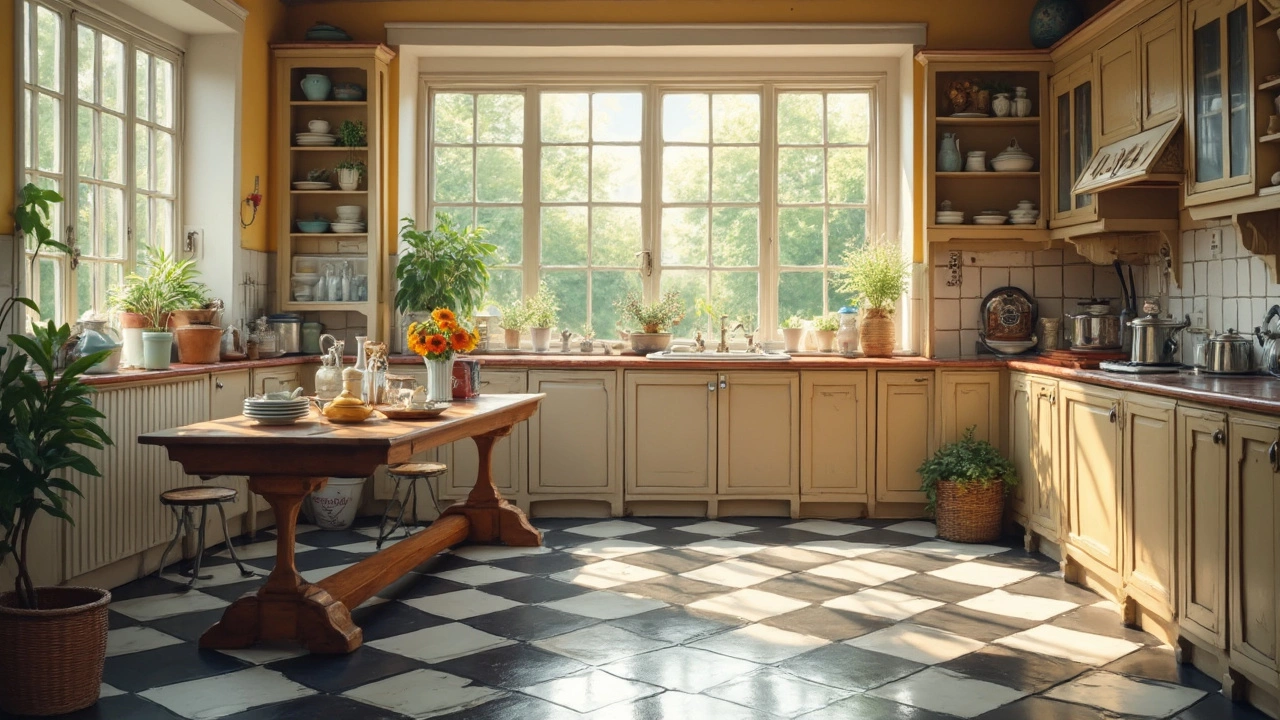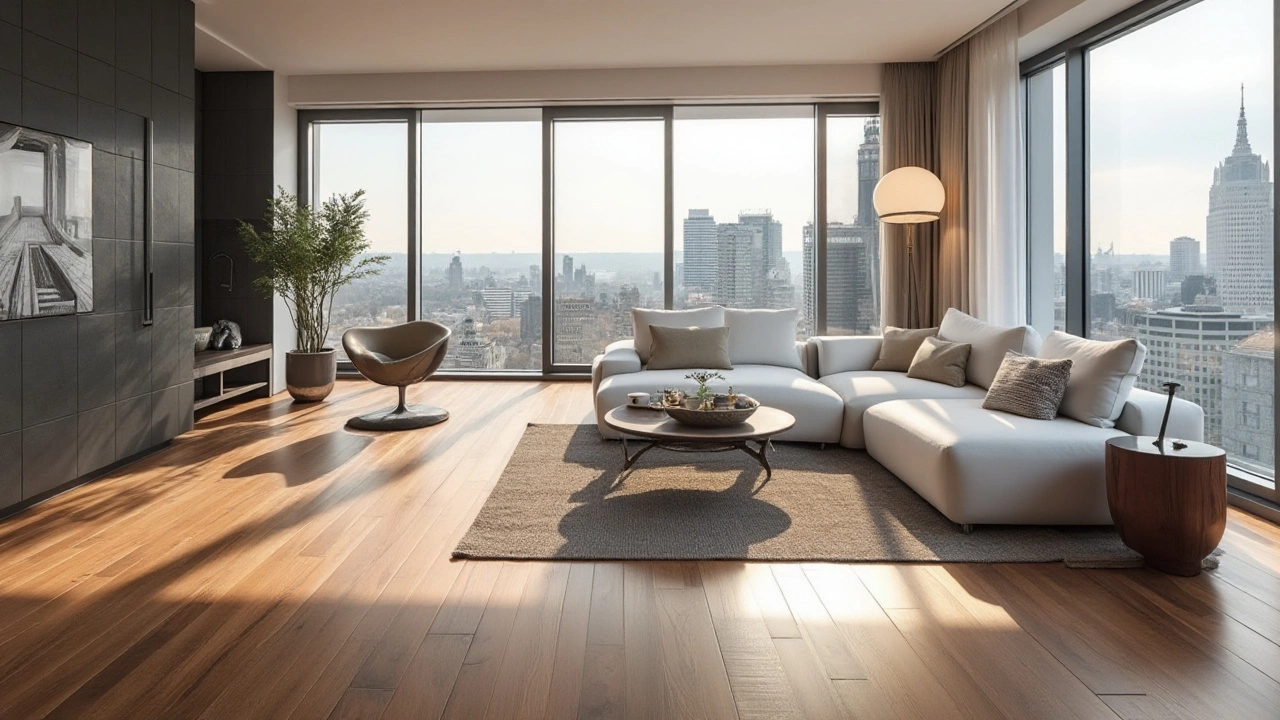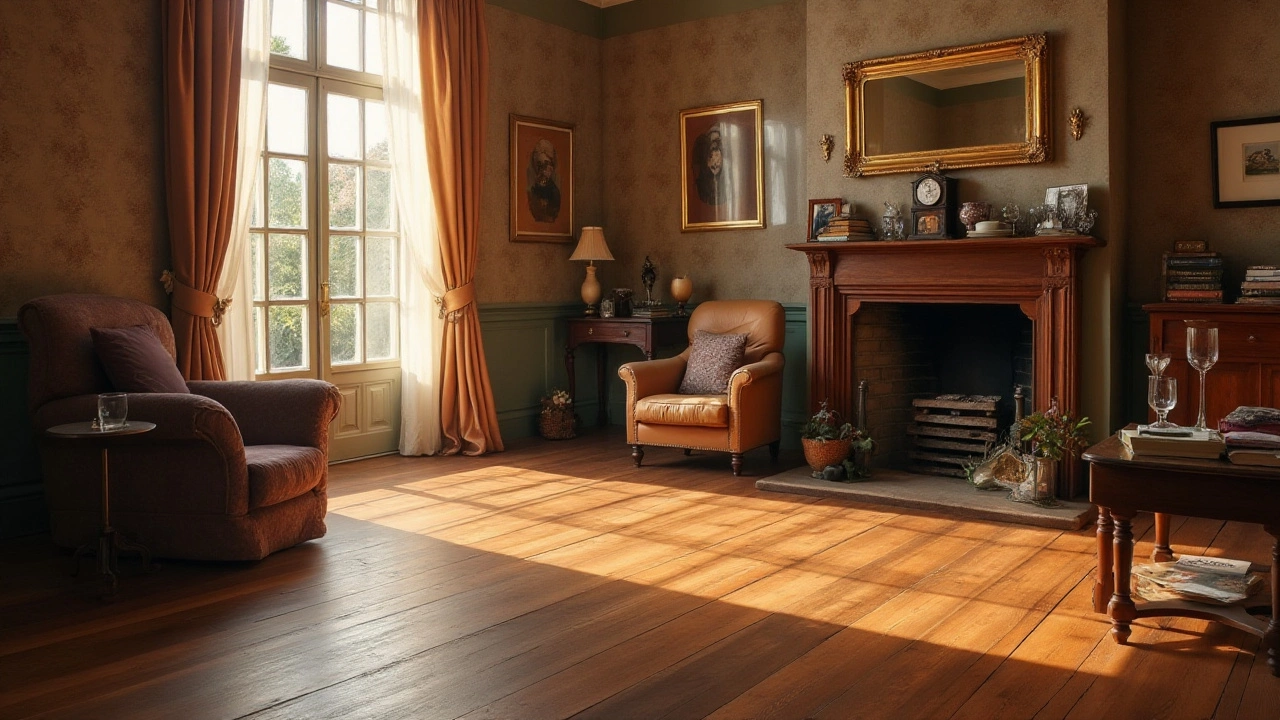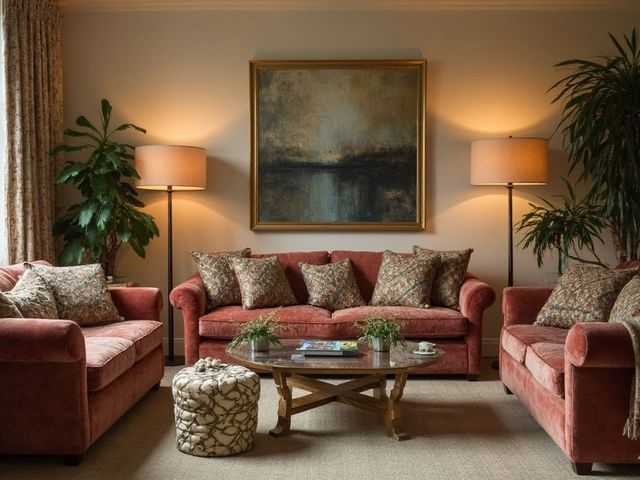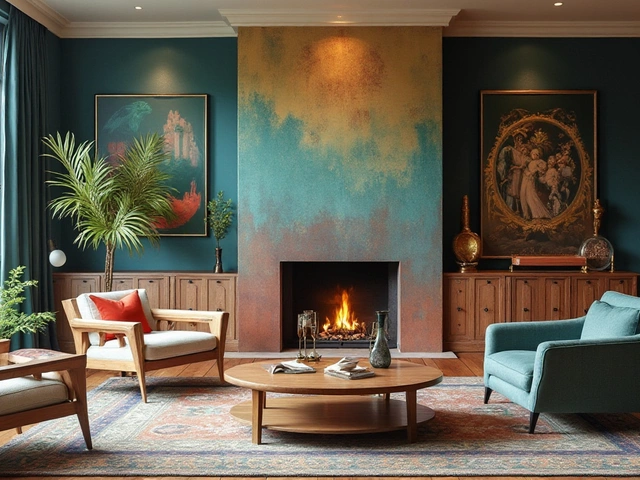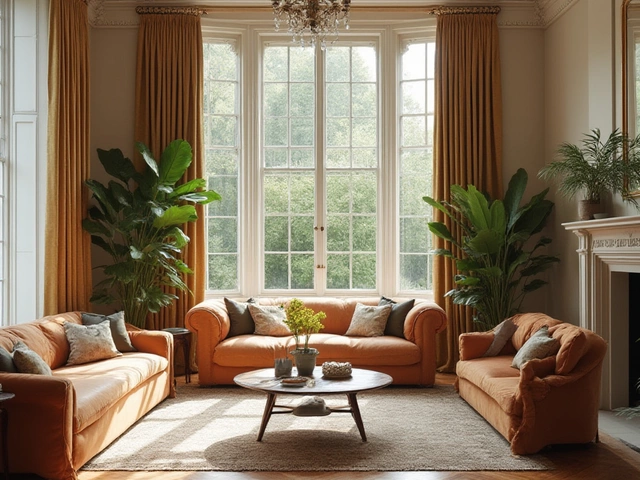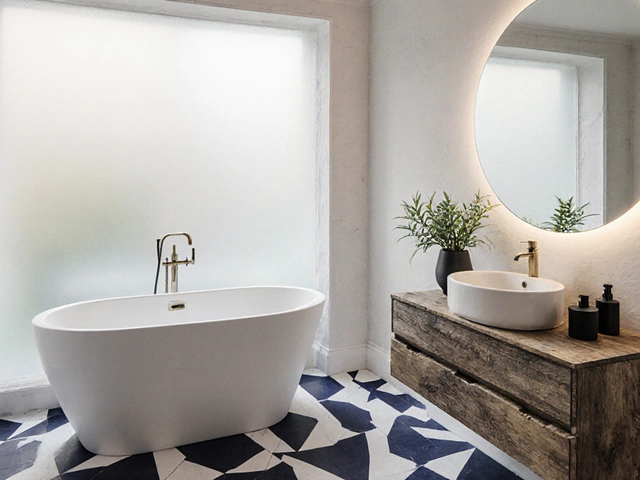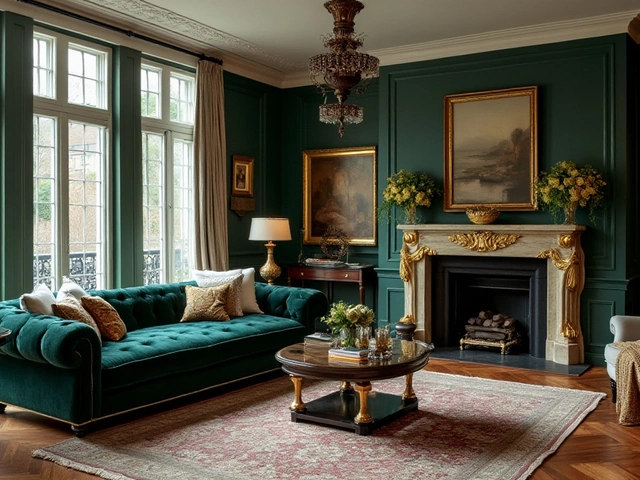Flooring: Your Quick Guide to Choosing the Right Floor
Staring at a blank floor and wondering what to pick can feel overwhelming, but it doesn’t have to be. Below you’ll find straightforward advice on durability, style, and budget so you can pick a floor that fits your life, not just your Instagram feed.
Durability & Value
If you want a floor that lasts, start with the material’s wear rating. Luxury Vinyl Plank (LVP) and laminate both score high on scratch resistance, but LVP usually beats water damage while laminate is lighter on the wallet. Our side‑by‑side comparison of LVP vs. laminate breaks down looks, comfort, and resale impact in plain English.
When you think about resale, the numbers matter. A recent real‑estate study shows that well‑installed LVP can add up to 1% to a home’s value, while cheap carpet often drags it down. That doesn’t mean you have to overspend; the key is choosing a product with a solid warranty and a reputation for holding up under kids, pets, and spills.
For homes built before the 1970s, you’ll run into quirks like uneven subfloors or historic charm you don’t want to lose. In those cases, engineered wood or classic hardwood can blend modern durability with period style. Look for boards that can be sanded a couple of times, so you can refresh them later without a full replacement.
Even the toughest floor benefits from a little extra material. Most pros recommend buying 5‑10% more than your exact measurement. That buffer covers cuts, mistakes, and pattern matching, and it saves you a pricey rush order if you discover a shortfall after the job starts.
Style, Color & Maintenance
Color is the silent hero of floor design. Light oak and warm walnut remain timeless, while darker tones add drama to open‑plan spaces. If you’re unsure, test large floor samples in both natural light and artificial light – the hue can shift dramatically.
Kitchen floors need extra love because they see the most mess. Tiles, porcelain, and certain LVP options are the easiest to wipe down and resist staining. Our guide to the “easiest kitchen floor to keep clean” highlights low‑maintenance choices that still look sleek.
When you love a bold color but worry about it aging, consider layered options. A neutral base under a darker runner or area rug lets you switch styles without changing the whole floor. This trick works especially well in living rooms where you want a statement without committing to a permanent shade.
Finally, think about how the floor feels underfoot. Warm‑under‑floor heating pairs beautifully with stone or tile, while plush carpet makes a bedroom feel cozy. If you’re on a budget, a high‑quality LVP can mimic the comfort of wood without the cold feel in winter.
Bottom line: pick a floor that meets three simple criteria – it survives everyday wear, it fits your home’s aesthetic, and you can keep it clean without a PhD in chemistry. Use the posts linked on this page as a quick reference, then match the facts to your lifestyle. You’ll end up with a floor that looks great today and stays solid for years to come.

